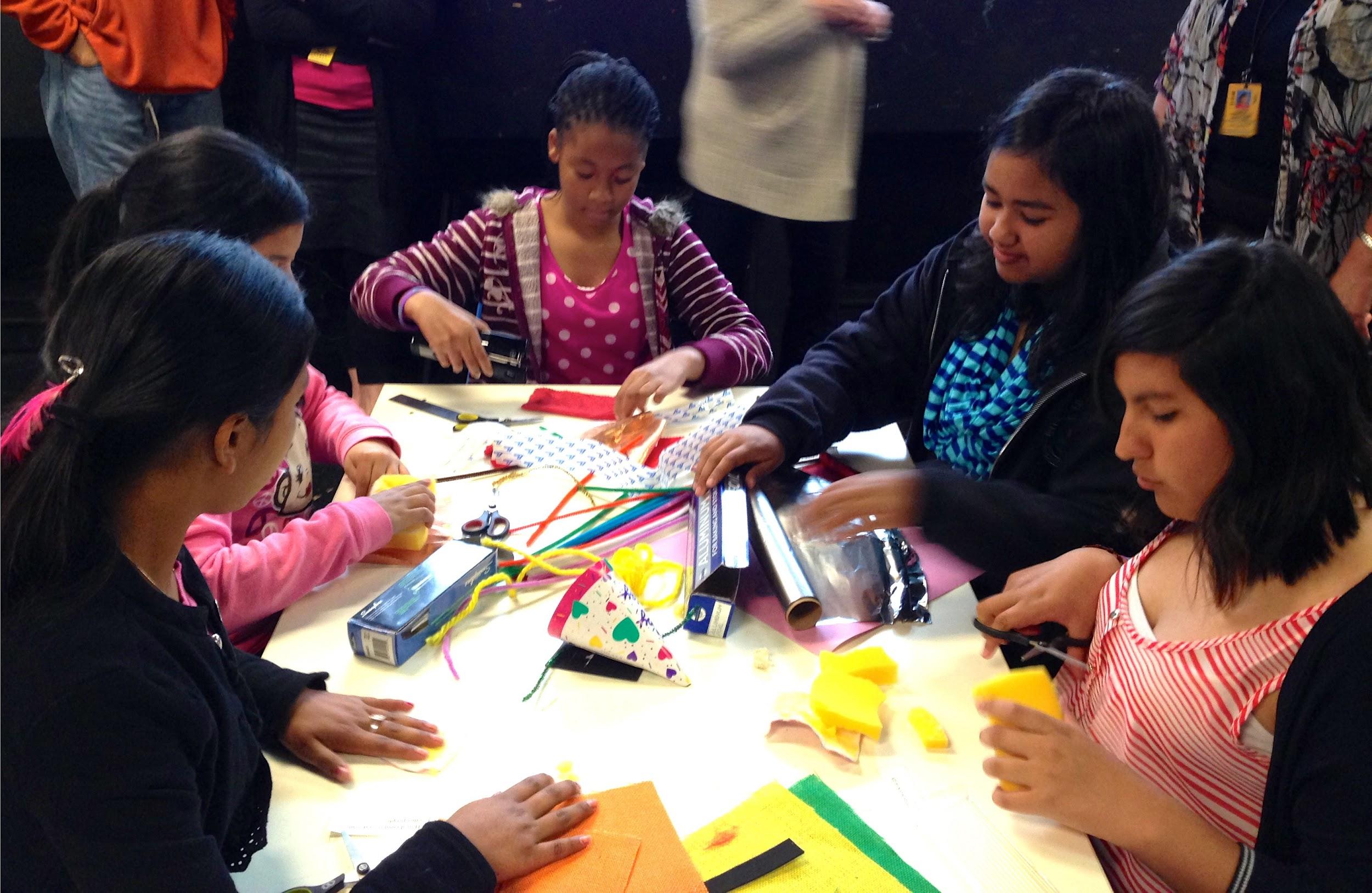How do we educate in a world that is constantly changing? Innovation has always been a part of education, however, at the fast pace the world is changing, the complexity of getting students ready for the future becomes greater. The scholar Cathy Davidson, for instance, has pointed out that 65% of kids that attended primary school in 2011 will work in professions that are yet to be invented. Richard Riley, the United States Secretary of Education under President Bill Clinton, once said that “We are currently preparing students for jobs that don’t yet exist, using technologies that haven’t been invented, in order to solve problems we don’t even know are problems yet”.
Even though we live in the era of “digital native people”, we’ve been also noticing a need of recapturing values from the past, such as collaboration, empathy and human-centred experiences; and these values are being applied to the “new pedagogy”.
That’s why, in order to generate innovation in learning methods, government bodies and schools are starting to apply Design Thinking methodologies to education systems.
Design Thinking is an approach that educators are using as inspiration for re-structuring projects and promoting change in the institutions they work for. This method is both a mental mindset and an approach to generate creative alternatives through anthropological techniques that are based on human behaviours, such as major needs and preferences.
Therefore, educators that are trying to get their students to perform better are using Design Thinking to find solutions that are tailored to the students, which will guarantee they have all of the tools to improve their learning experience. When students have to try and solve problems from “the real world”, they feel motivated to deepen their thought, to find their own personal answers and to recognise the diversity in what “the right answer” is. In doing so, students become the “change agent”, who are people that redefine problems, inspire new ideas, take risks and never stop learning.
Design Thinking develops solutions that look at bettering individuals and society by using design principles, such as human-centred approach, collaborative approach, optimist approach and experimental approach. Designers are also known for one particularity: in order to develop ideas, they start by defining the problems using empathy as a tool and, later, using synthesis and prototyping as a way of developing strategic ideas that will end in the implementation of a final solution. When you empower every student to become a designer, they are allowed to think creatively and solve problems and they will, for sure, be a change factor in the educational system.
The human-centred factor of design thinking resonates well with educators since teaching is, in itself, a very human-centred activity. Applying human-centred teaching techniques in conventional education can be challenging for teachers as bureaucracy and government expectations can get in the way of change, sometimes. A true human-centred approach requires that students, teachers, administrators and parents’ needs are all accounted for.
Another solution Design Thinking brings to the table is the technique of “learning by doing”, which is how designers approach new challenges. This allows a discovering process that isn’t linear or specific to the problem at hand and encourages kids to observe and listen as a way to find new ways to be creative and innovate.
Design Thinking is so effective because it is rooted in real problems from the real world. It proposes that innovation in the education sector should be as much about the process as it is about the results and suggests that, by doing so, the educational system can be bettered.
*This article was translated, adapted and edited by Rani Ghazzaoui Luke.
—
If you’d like to start an innovation journey in your company, you can check out our in-house course offering as well as download for free our Design Thinking toolkit by clicking here.
If you’d like to see what are the upcoming courses in your region, visit our website.
If you have a special project and would like to use Echos’ consultancy services, you can send us an email.



